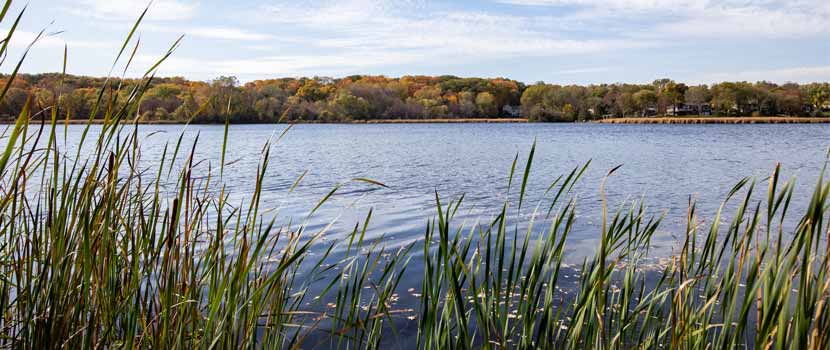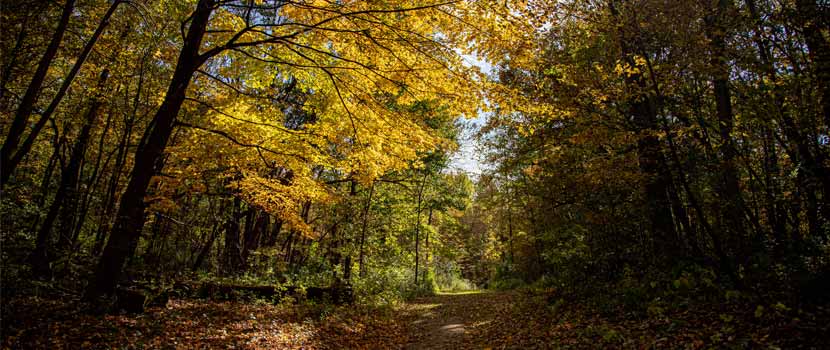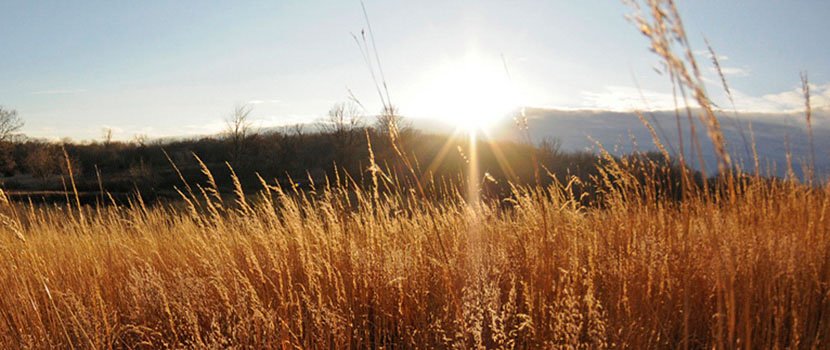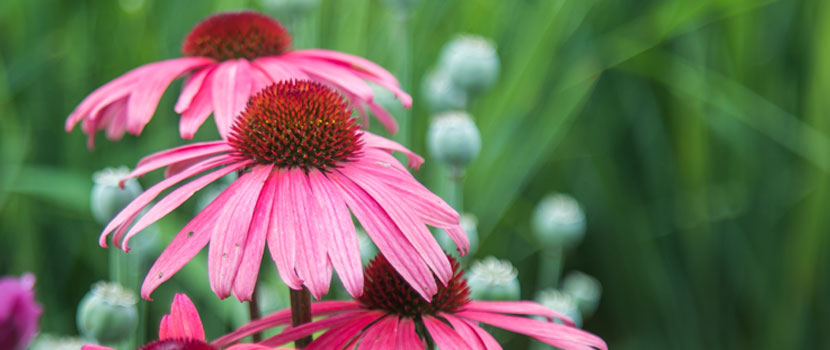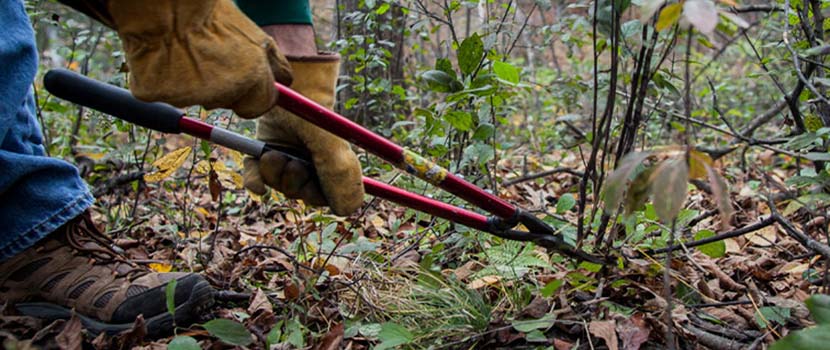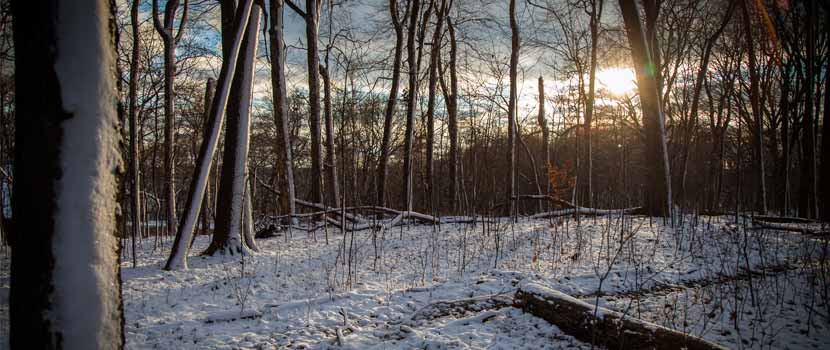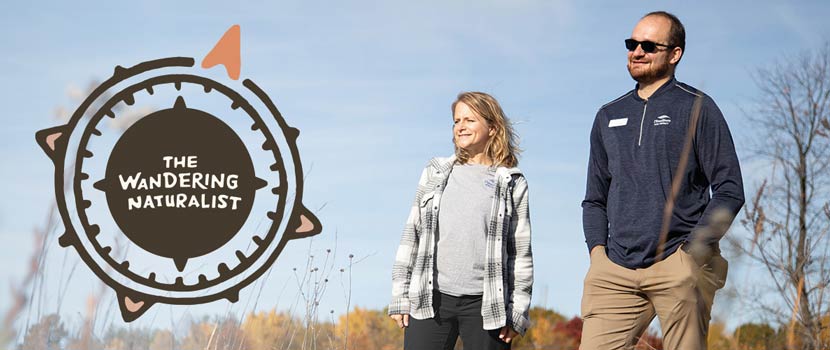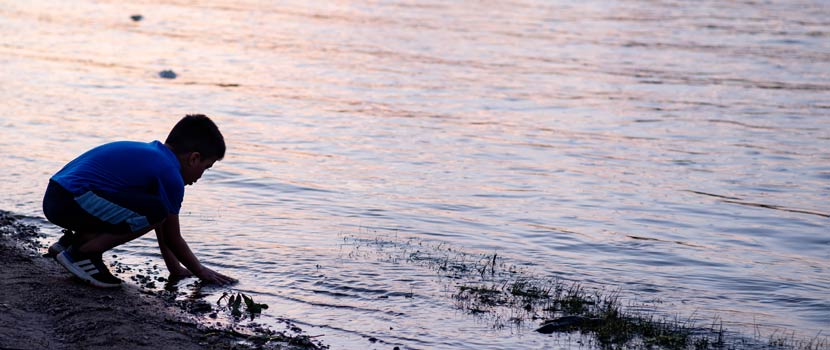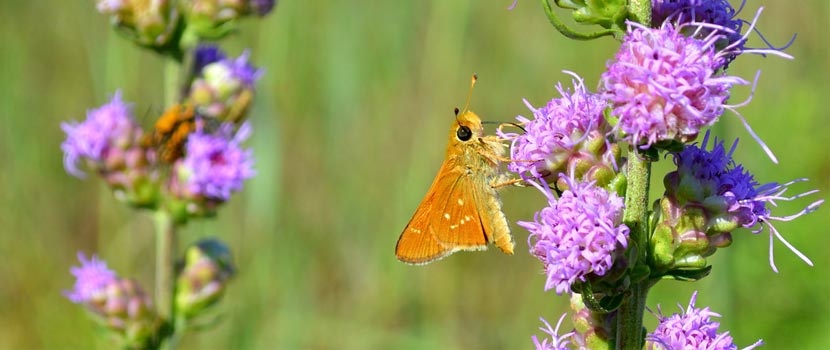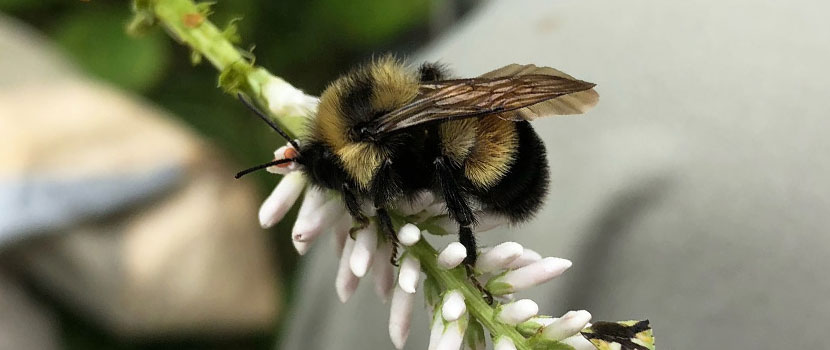Learn how to protect the environment
As we get out and make tracks, let’s remember our footprint. Three Rivers is dedicated to preserving native plant communities, wildlife diversity and water quality throughout the region. With your help, Three Rivers will inspire a future generation of environmental stewards.
Natural Resources
The Three Rivers Park District Natural Resources Management department is responsible for restoring and protecting natural resources—such as native plant communities, wildlife diversity and water quality—in Three Rivers' park reserves and regional parks. Our Natural Resources section includes Forestry Management, Horticulture and Landscape Management, Water Resources Management and Wildlife Management.
The Three Rivers policy for the planning and management of natural resources allows no more than 20 percent of a park reserve to be developed for active use and requires that at least 80 percent of the park reserve be restored to and retained in a natural state.
In keeping with this policy, Three Rivers is actively involved in the preservation and restoration of wildlife and plant species.
Three River’s 27,000 acres of parkland includes 43 lakes, more than 30 miles of rivers and streams and over 8,000 acres of wetlands.
Three Rivers is committed to restoring the environment, including planting forests. Most native forests in the region were cleared for agriculture by the turn of the twentieth century. Three Rivers is working to restore these plant communities.
Three Rivers Park District is the largest manager of prairie habitat in the Twin Cities area and has restored approximately 1,600 acres in the metro area.
Three Rivers maintains wildlife populations through habitat management, reintroductions and management of species of special concern, population control and general monitoring.
From rain gardens, to pollinator gardens, native landscapes, to public gardens, the horticulture program contributes to the health and beautification of Three Rivers properties and the education of park users.
Three Rivers rapidly responds to the challenges of invasive species through early detection and prevention, guided by an Invasive Species Plan.
Environmental stewardship is a long-standing hallmark of the Three Rivers Park District’s mission. In 2009, the Board of Commissioners approved sustainability targets for reductions in greenhouse gas emissions (GHG), waste generation and groundwater use.
Learn how climate change is impacting wildlife, recreation and more in Three Rivers.
The Wandering Naturalist
Episodes 198–200: Talking Turkey
This month, Angela and Brandon are on the hunt to learn all about turkeys. Listen in as they dispel familiar myths around this large bird, hear from experts at the Minnesota Department of Natural Resources on game bird management and how the Becoming an Outdoor Woman DNR program helps remove barriers to hunting wild turkeys and other game.
Related Blog Posts
H2O Health: An Introduction to Water Resources Management
By: Zoe Bakken-Heck
Learn how Three Rivers Park District takes care of precious water resources.
Bringing Back Butterflies: What It Takes To Complete A Reintroduction
By: John Moriarty
From securing permits to making sure habitat is just right, a lot of work goes into bringing new butterflies into our parks. Learn all about the process of reintroducing butterflies, our past successes and which butterflies we hope to introduce into our parks in the future.
Why and How We Survey Bumblebees at Three Rivers
By: Angela Grill
Understanding how our bumblebee populations are changing and why helps us determine how we can best support them. Read on to learn all about how we conduct bumblebee surveys in our parks and what you can do to help collect valuable bumblebee data.
Volunteer
There are plenty of ways to volunteer in cooperation with the Three Rivers Department of Natural Resources. Put your time to good use by helping to protect and enrich our earth!
News from Natural Resources
-
Three Rivers Park District is now conducting prescribed burns and will continue until early June. Learn more about where burns take place, why they happen, and how they are managed.
-
Three Rivers Park District is partnering with the University of Minnesota on a research project to monitor white-tailed deer for the SARS-CoV-2 virus, their habitat use, and movement in and around Elm Creek Park Reserve.
-
Motorists on park and local roads should be aware of turtles crossing roads near wetlands.
-
Learn about the important work happening to eradicate the invasive vine Oriental bittersweet.
-
Get a behind-the-scenes look at how small seeds can have a big impact on prairie habitat.

